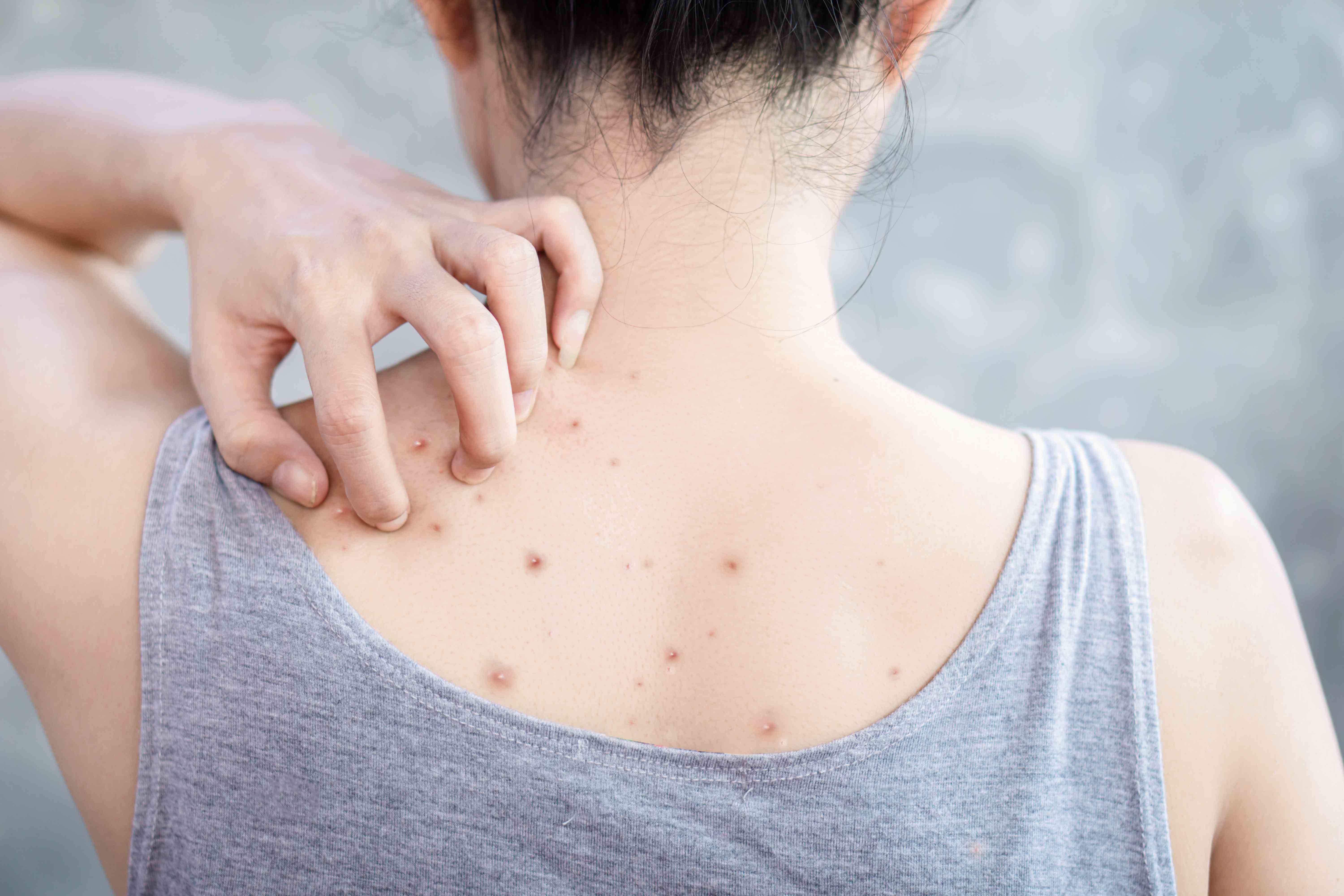Cystic Acne on Butt: Causes and Treatment Options Revealed
For beauticians, dealing with various skin issues is a daily routine, but when it comes to handling pesky and painful cystic acne on the buttocks, the challenge reaches another level. Unlike common acne, cystic acne forms deeper within the skin, creating a large, inflamed bump that's not only painful but can be persistent if not addressed correctly. So, what's the secret to successfully managing this vexing condition?
:max_bytes(150000):strip_icc()/Health-GettyImages-1199366228-68076b11f747454fa13e21aa3f5920b6.jpg)
Understanding Cystic Acne on Buttocks
Cystic acne on the butt occurs when hair follicles become clogged with excess oil, dead skin cells, and bacteria, often resulting in painful red bumps or nodules. The buttocks present a unique challenge due to constant pressure from sitting and the naturally thicker skin layer, making it harder for acne to surface and heal.
Why Does Cystic Acne Appear on the Buttocks?
There are several reasons why cystic acne might target the buttocks specifically. Understanding these can aid beauticians in formulating effective treatment techniques. Friction from tight clothing, excessive sweating due to exercise, or even hormonal changes can trigger acne flare-ups. Additionally, the follicles in this area can become more prone to blockages and bacteria, exacerbating acne issues.
Distinguishing from Other Skin Conditions
It's crucial to differentiate between cystic acne, folliculitis, and keratosis pilaris to provide proper skin care. While folliculitis is often confused with acne, it typically involves hair follicles being infected or inflamed. Meanwhile, keratosis pilaris presents as small, rough bumps. Each condition requires its own care approach, highlighting the importance of accurate diagnosis.
Effective Treatment Strategies for Beauticians
Once identified, the treatment for cystic acne on the butt involves a combination of topical applications, lifestyle adjustments, and sometimes medical intervention. Products containing benzoyl peroxide or salicylic acid can prove highly effective in breaking down the oil and skin cell buildup. For a gentler option, consider recommending acne body washes that are enriched with natural ingredients, reducing irritation.
Prevention: Key to Long-term Skin Health
Prevention is crucial for long-term management of buttock acne. Advise clients to wear loose-fitting clothing to minimize friction, and to shower immediately after exercising to reduce sweat accumulation. Hygiene, coupled with targeted skincare, can significantly decrease the recurrence of cystic acne.
When to Consult a Dermatologist
While beauticians can handle mild to moderate cases with ease, severe cystic acne may require intervention from a dermatologist. They might prescribe oral antibiotics or retinoids for stubborn, severe outbreaks, thus offering a broader range of treatment techniques.
For beauticians, staying informed about the latest research and treatment options is crucial to maintaining an effective skincare practice. This knowledge not only benefits clients but also enhances the beauticians professional skills and reputation.

Frequently Asked Questions
What should I advise clients regarding post-acne care?
Post-acne care is vital to preventing scars and maintaining skin health. Recommend using products that soothe and hydrate while also focusing on ingredients that promote skin healing and regeneration.
How can clients reduce acne during travel?
Advise them to maintain a good skincare routine adapted to climate changes and to wear breathable clothing. Further insights can be found in articles like Butt Acne During Travel.
Are there natural remedies for cystic acne on the butt?
Yes, tea tree oil and aloe vera are popular natural remedies. However, its essential to patch-test to avoid irritation and consult professionals for persistent conditions.
This article contains affiliate links. We may earn a commission at no extra cost to you.

